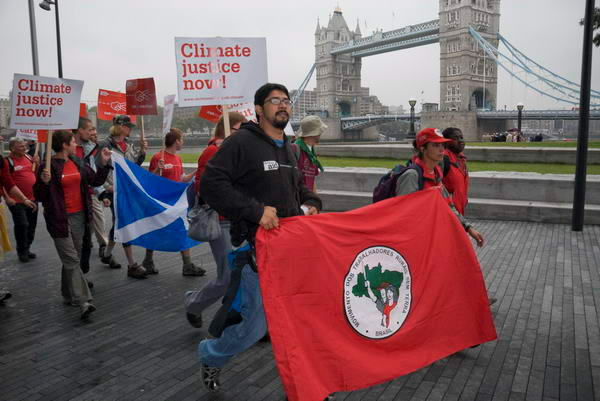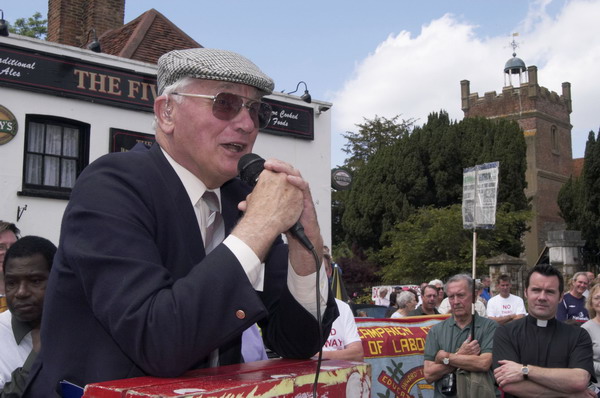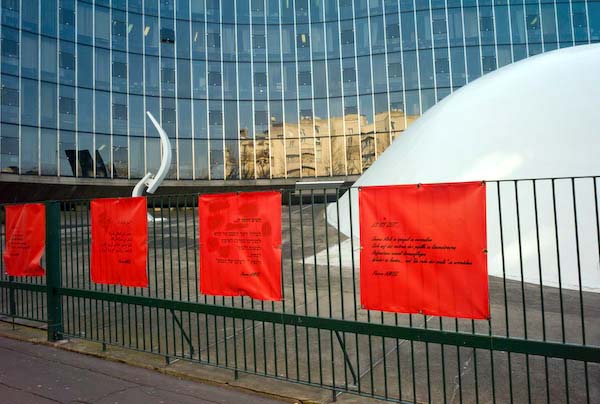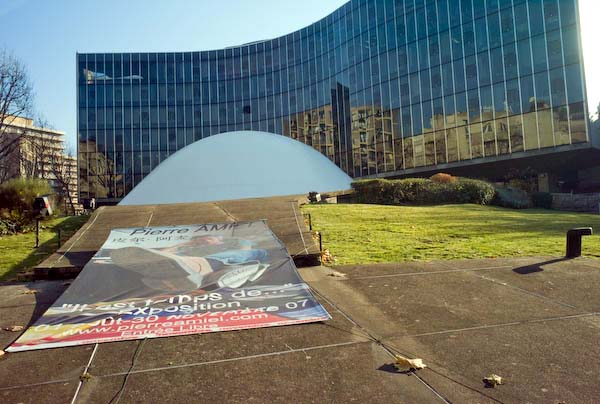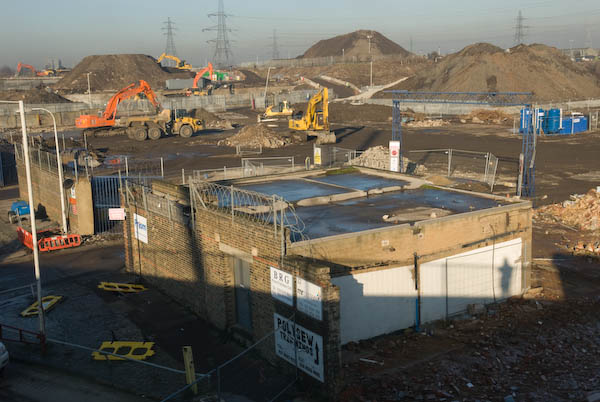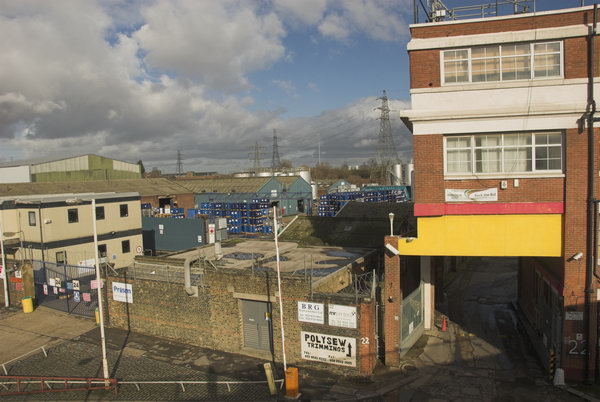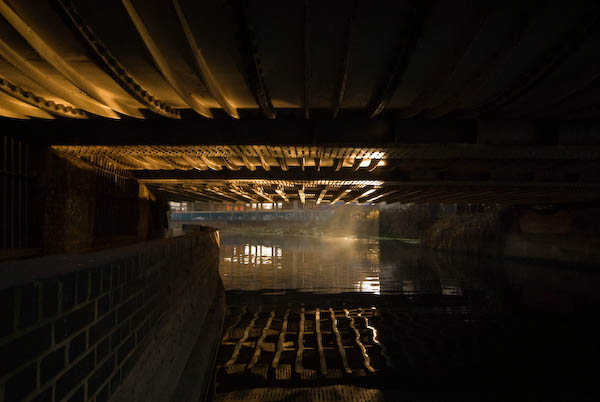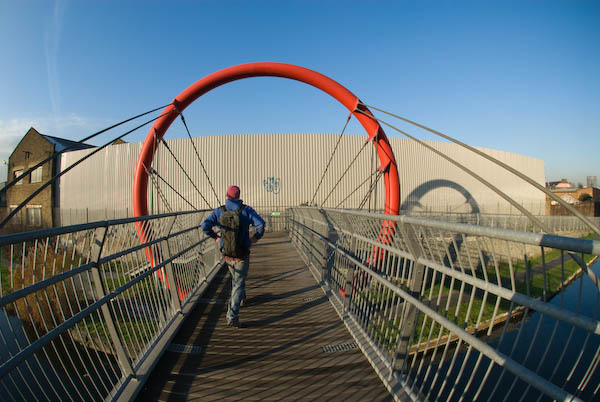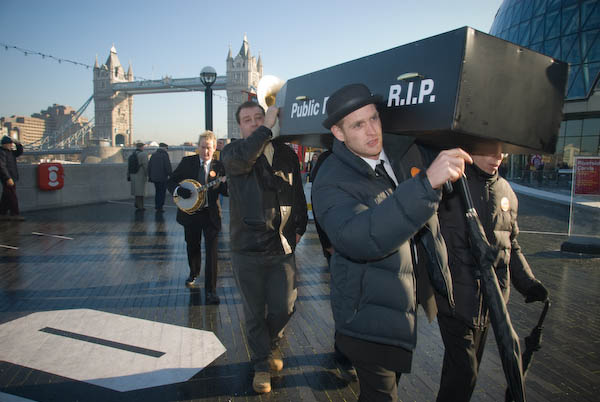Cláudia Jaguaribe: ‘Quando eu Vi‘ (When I saw)
Cláudia Jaguaribe was born in Rio de Janeiro in 1955, but she has lived and worked in Sao Paulo as a freelance in advertising, fashion and magazine and newspaper photography since 1989. She studied Art History and Photography in Boston, USA. Her work has included photographic essays on cities (Cidades, (1993) and recently, Rio de Janeiro, text by Luiz Alfredo Garcia-Roza and photographs by Claudia Jaguaribe, 2006) and Athletes from Brazil” (Sextans, 1995) as well as on airports. She works with video as well as photography.
Her web site is another of those I have problems viewing, even when I follow the extensive instructions on the initial page, using Firefox 2.0. You may have better luck (or lower security settings) than me. Wouldn’t the web be much better if web designers could be persuaded that simple sites are fast and responsive and with CSS can do some pretty clever things too. You can also see some of her commercial work at Samba Photo.
However, unless I missed it, the work on show in the main gallery space of ECCO, ‘When I saw‘ is not on her web site. It seemed very much to relate the the Foto Arte 2007 theme of ‘Nature, the Environment and Sustainability‘ being, I think, all about Nature and the way we see it.
Most of the work was in colour, but the piece I warmed to most was (I think) a diptych of two images in sepia.

(C) Cláudia Jaguaribe
I think this is saying that ‘landscape’ is a human creation that we impose on nature. Well, of course. Ideas are human creations – but so is to a greater or lesser extent the so-called natural environment. I come from a country which has been so intensively altered by human activities – hunting, agriculture, industrialisation, landscape gardening (one of my in-laws ancestors was a landscape gardener of some note) and more, such that little or nothing remains unchanged, in which the idea of a ‘natural’ landscape seems laughable. Even the most remote areas of Brazil will have been altered – if only by the increase over the years in carbon dioxide levels.
But what appealed to me was I think mainly the shapes of the leaves, with which I’ve always had a fascination. As you can see in a number of the pictures I took in Brasilia including this one at the Foto Arte offices.

Brasilia, (C) Peter Marshall, 2007
Raquel Kogan: ‘Bewohner’
The occupants or inhabitants referred to by the German title of Raquel Kogan‘s series of colour pictures, ‘Bewohner’, made in Germany and Austria, of soft toys found in cars. (It was subject matter familiar to me, as one of my colleagues in London, Paul Baldesare, has been making a similar collection of pictures for some years, although his concentrate more on the kitsch aspect, and, as might be expected, the English examples are funnier.)
Kogan’s images show these trapped ‘beings’ in a curiously fragmented space, with the angled glass adding reflections of the surrounding street and city.
Ludovic Caréme: ‘Retratos'(Portraits)
The square format colour portraits by French photographer Ludovic Caréme are impressive, and show him as a very successful magazine photographer. The 40 pictures were from 10 years of his work, which you can also see on his web site. He has lived for some time in Sao Paulo, and there were a number of pictures of Brazilian celebrities, including a portrait of the architect of Brasilia, Oscar Niemeyer, taken this year.

(C) Ludovic Caréme, 2007
In it, Niemeyer’s head dominates the near-symmetrical image, above his white coat and clothing, somehow looking too large for his body, which somehow fails to be at ease for the image. It shows him approaching his hundredth birthday still entirely alert and in command and is a powerful image, but my choice of a portrait of the man would be the very different picture by Luiz Garrido also on show at ECCO.

 Rogéria,
Rogéria,












